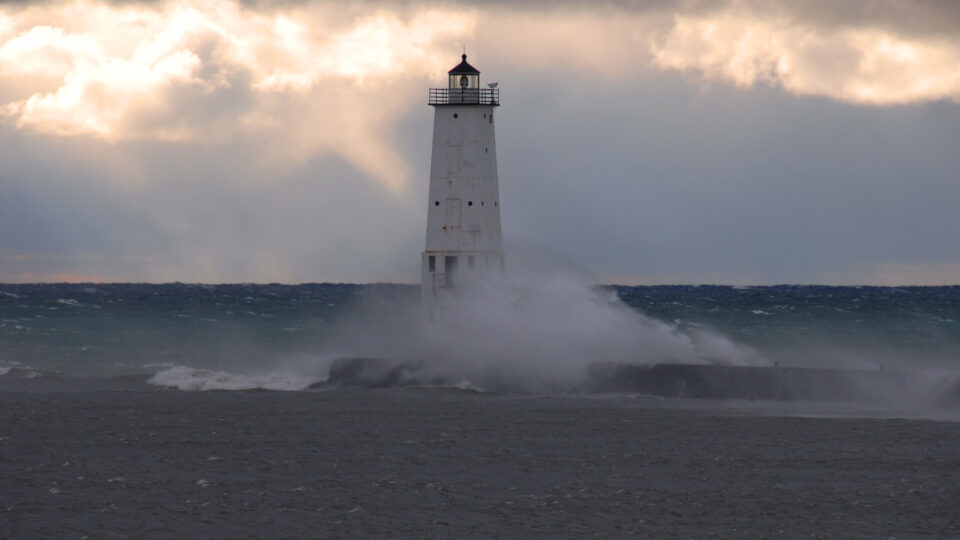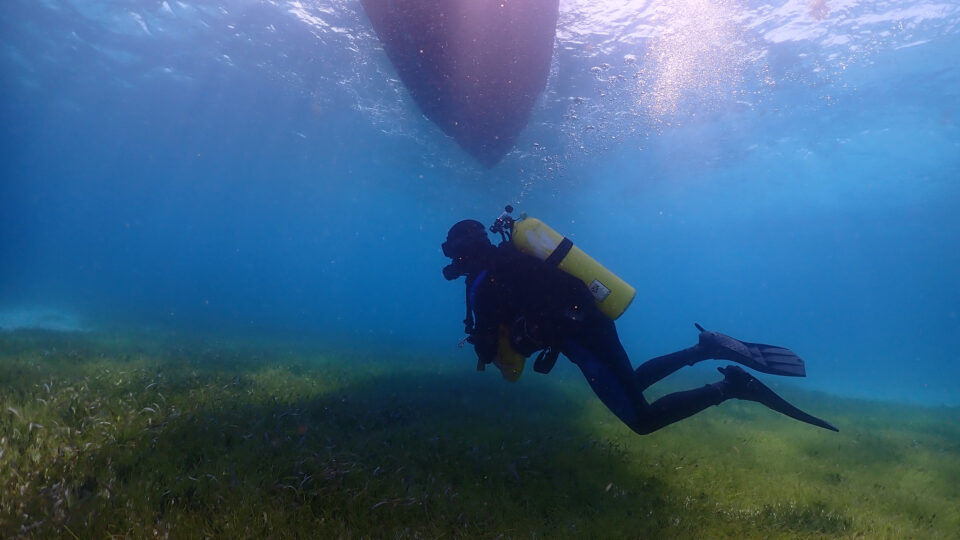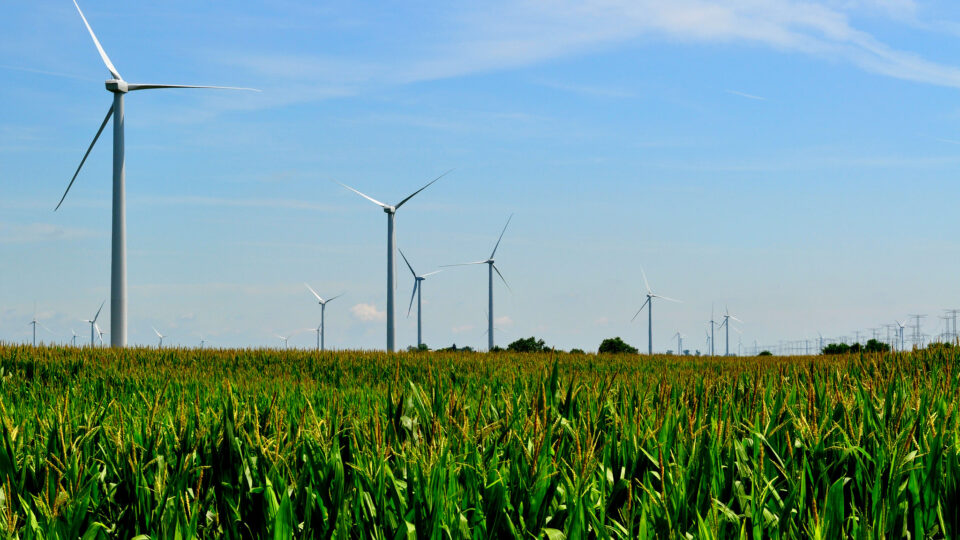In an average year, the Great Lakes end up about 40% covered in ice. But this is not an average year. 2023 was the warmest year on record and, in fact, the global temperature was more than 1.5 degrees above the pre-industrial average for the full year. That hasn’t happened before. As a result of the record-breaking warmth, as of mid-February, the average ice cover on the Great Lakes was only 5.9%.
Lake Erie and Lake Ontario tied their records for the lowest ice cover, which has been tracked since 1973. Lake Huron, Lake Michigan, and Lake Superior are at historic lows. Some parts of the Great Lakes have experienced the winter without any ice cover.
The warming air temperatures have led to rapid ice loss and warming summer temperatures. According to experts, if the planet continues to warm, more than 200,000 lakes may no longer freeze every winter and 5,700 lakes may permanently lose ice cover by the end of the century.
Studying the Great Lakes is important because their ice melt can be a significant indicator of the progress of global warming. Decreasing ice cover can affect hydropower generation, commercial shipping and fishing, and have environmental impacts such as the development of plankton blooms.
Since the 1970s, there has been a 5% decline in Great Lakes ice cover per decade. Unfrozen lakes bring more rain than snow which has environmental, cultural, and societal impacts. The Great Lakes hold 21% of the world’s freshwater supply and over 30 million people depend on them for drinking water. They are also linked to over $3 trillion in gross domestic product.
**********
Web Links
Great Lakes Winter Ice Cover Averaging Just 5.9%: NOAA
Photo, posted November 7, 2007, courtesy of Jim Sorbie via Flickr.
Earth Wise is a production of WAMC Northeast Public Radio












